Video: https://youtu.be/5gNdvszAdAA
Good morning SP! I'm thrilled to present the final working version of my thrust-vectored multi-role twin engine jet: Helios. Inspired in appearance by the F-16 Fighting Falcon and F-35 Lightning, and with the goal of exceptional maneuverability (< 300 knots) and controllability (> 300 knots), Project Helios has been a great exercise in patience over the last couple weeks. Through trial and error, experiments, hunches, tests, intuition, research, prayer, voodoo, and whatever else I could think of - I finally reached an acceptable balance between the aerodynamic instability required for the stalled maneuverability seen in latest-gen fighters while maintaining acceptable control at higher speed. I hope you enjoy flying this plane as much as it frustrated me to build it (and as much as I now enjoy flying it ;P).
Controls:
1: Afterburner
2: Lights
3: Thrust Vectoring
Performance:
Minimum rotate speed (no thrust vectoring): 170
Minimum rotate speed (with thrust vectoring): 55
Max cruise speed (no afterburner / sea level): 485
Max cruise speed (afterburner / sea level): 850
Max cruise speed (no afterburner / 30,000'): 550
Max cruise speed (afterburner / 30,000'): 1386
Approach speed (land): 15% throttle, 190 knots
Landing speed (ship): 15-30% throttle, 100-140 knots, hold air brakes out!
Max speed for stalled maneuvers: 300*
Minimum speed for full back stick with thrust vectoring: 500**
Hover power: ~40-45% (full fuel, nose 90 degrees up)
*without controllability issues, or inadvertent rolls/yaws
**below 500, unless stalled flight is desired, use partial back stick (requires joystick, mouse as joystick, or on-screen joystick controls).
Maneuvers (activate 3 for all):
1. Upright spin - Below 300 knots, activate 3 and throttle above 50%. Full back stick to pull nose (the aircraft will still be traveling forwards even though the nose is pointed up, which will stall the plane). Release the back pull and introduce full left or right yaw. Once rotation is established the spin can be recovered by throttling to 100% and yawing in the opposite direction of rotation.
2. Inverted spin - Similar to the upright spin, entry begins below 300 knots with throttle 50-100% and full back stick. Pull until the airplane is all the way on it's back and stop the pitch with momentary forward stick. The airplane should still be traveling in the original direction of travel, only upside down and backwards. Introduce full left or right yaw to commence the spin. Recover with full opposite yaw.
3. Cobra - You'll find yourself doing this coveted maneuver accidentally all the time until you get used to the sensitivity and nuances of flying a thrust vectored aircraft. Below 300 knots and with throttle 50-100%, make a rapid full back control input. The nose will rise as the aircraft continues in the original direction of travel. Push the nose back down with forward stick to resume flight in the original direction.
4. Tail slide - Throttle as desired to enter a 90 degrees nose-up climb. At desired altitude, reduce throttle to idle and engage air brakes. Slowing through 100 knots, release air brakes and continue to hold nose vertical. As speed approaches 0, throttle to 20% and enjoy your backwards ride toward the ground. Pitch or yaw in desired direction of rotation to point nose toward the ground to recover (or throttle to full to power back out of the maneuver).
Let me know if you have questions!
Regards,
AV8R
Specifications
General Characteristics
- Predecessor Vectored Thrust
- Successors 1 airplane(s)
- Created On Windows
- Wingspan 61.6ft (18.8m)
- Length 70.9ft (21.6m)
- Height 22.9ft (7.0m)
- Empty Weight 13,253lbs (6,011kg)
- Loaded Weight 24,982lbs (11,331kg)
Performance
- Power/Weight Ratio 2.968
- Wing Loading 24.4lbs/ft2 (119.3kg/m2)
- Wing Area 1,022.2ft2 (95.0m2)
- Drag Points 9882
Parts
- Number of Parts 84
- Control Surfaces 8
- Performance Cost 604


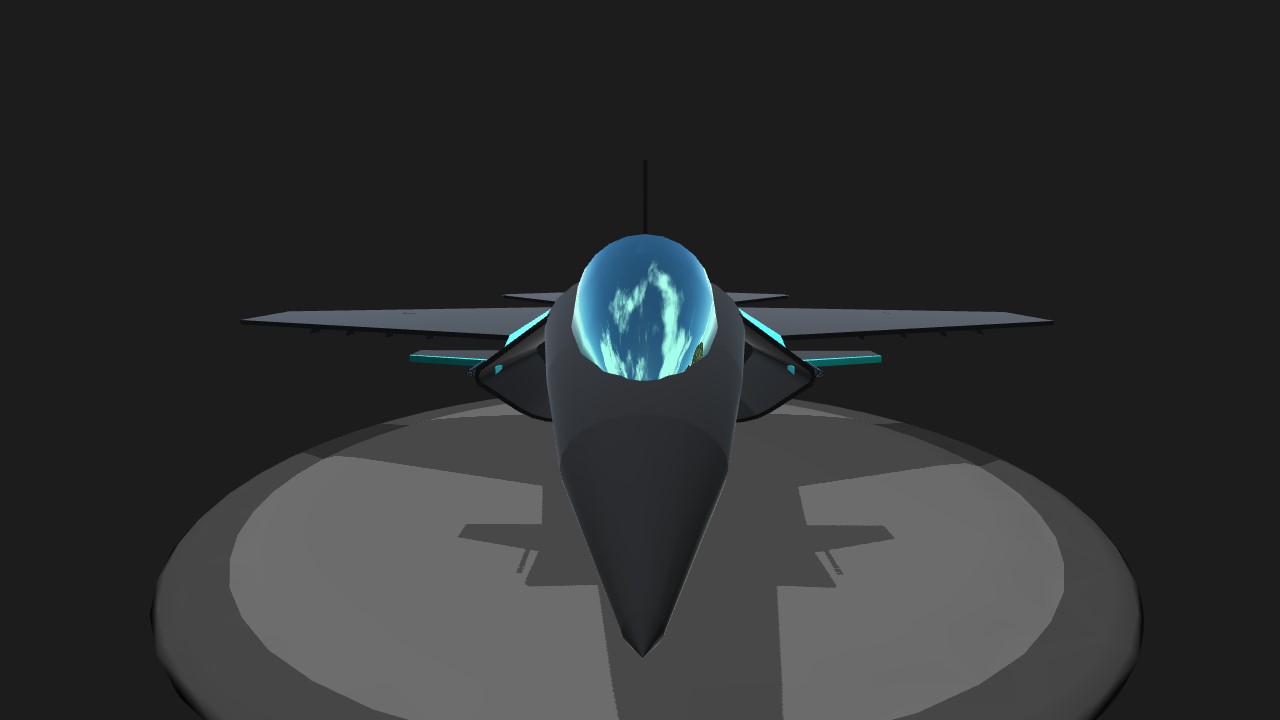
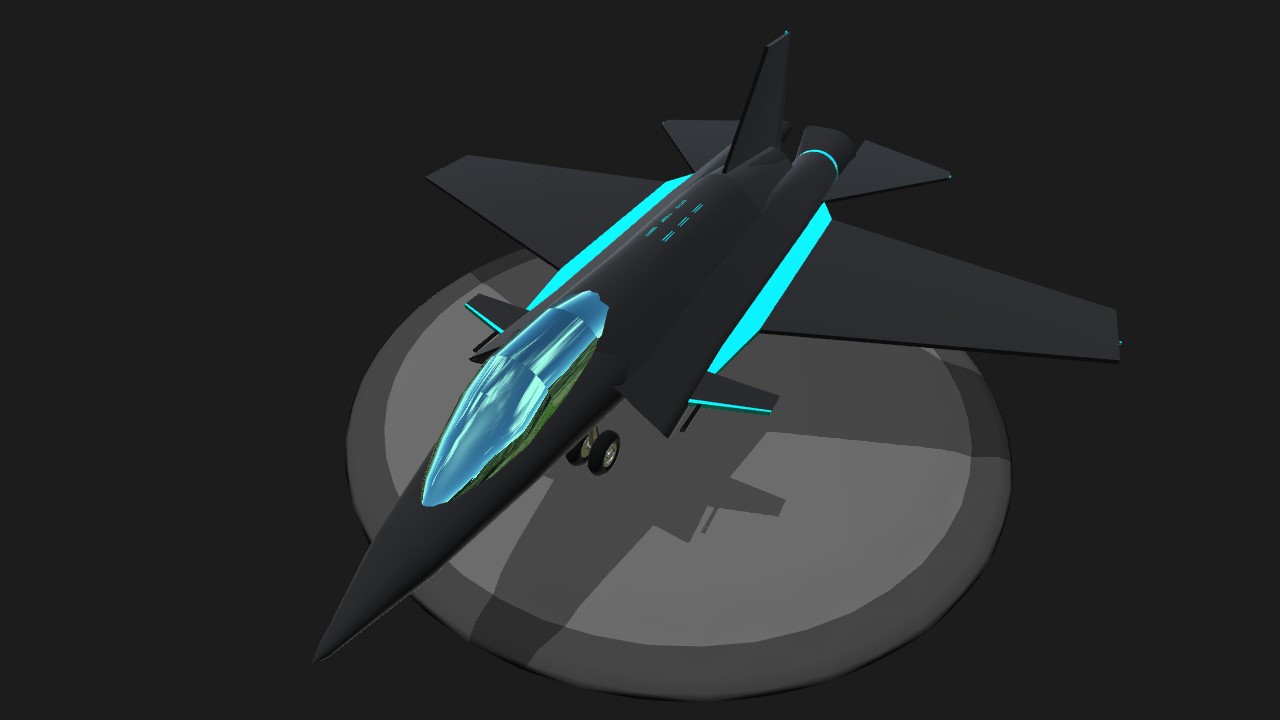
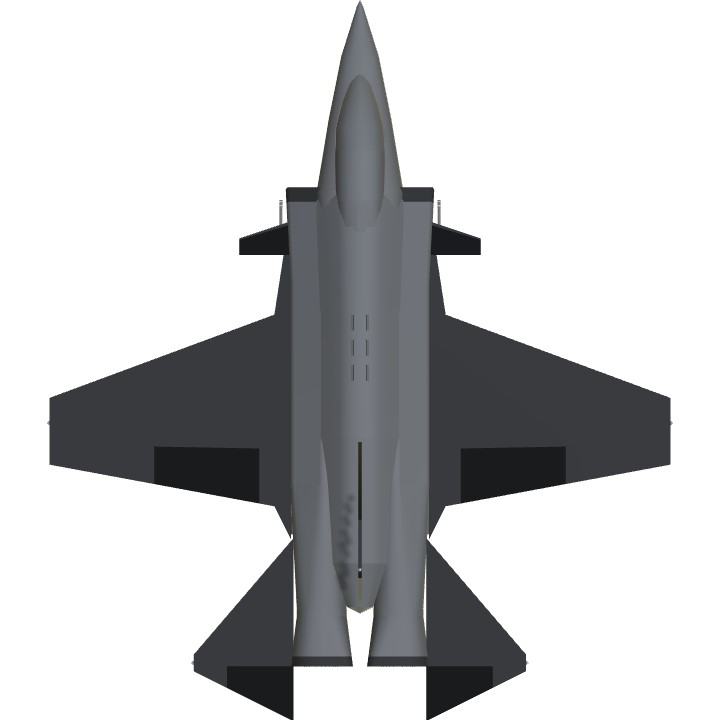
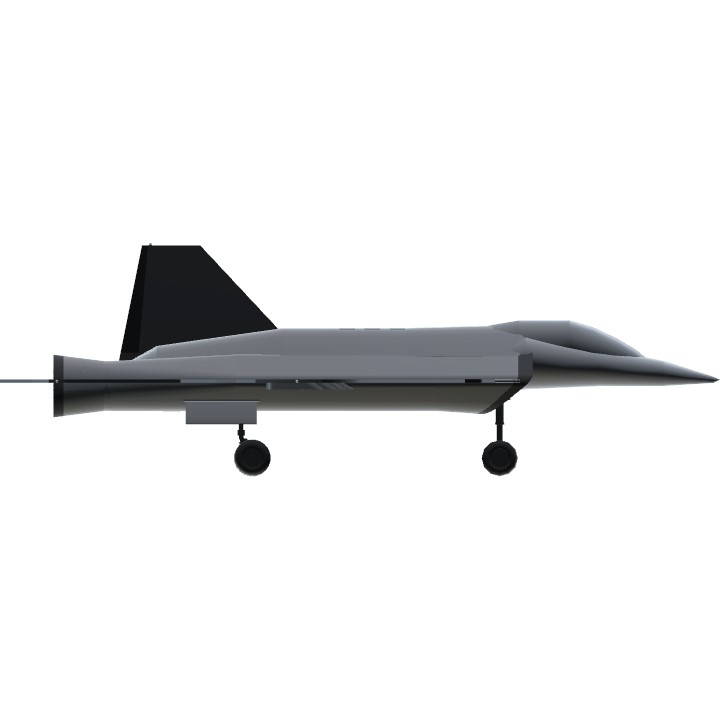
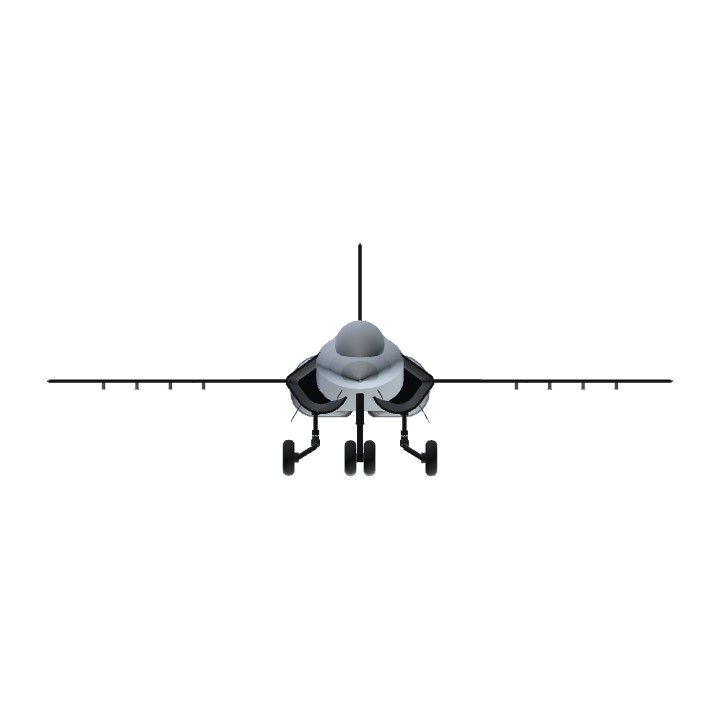
That's awesome!
Video Link